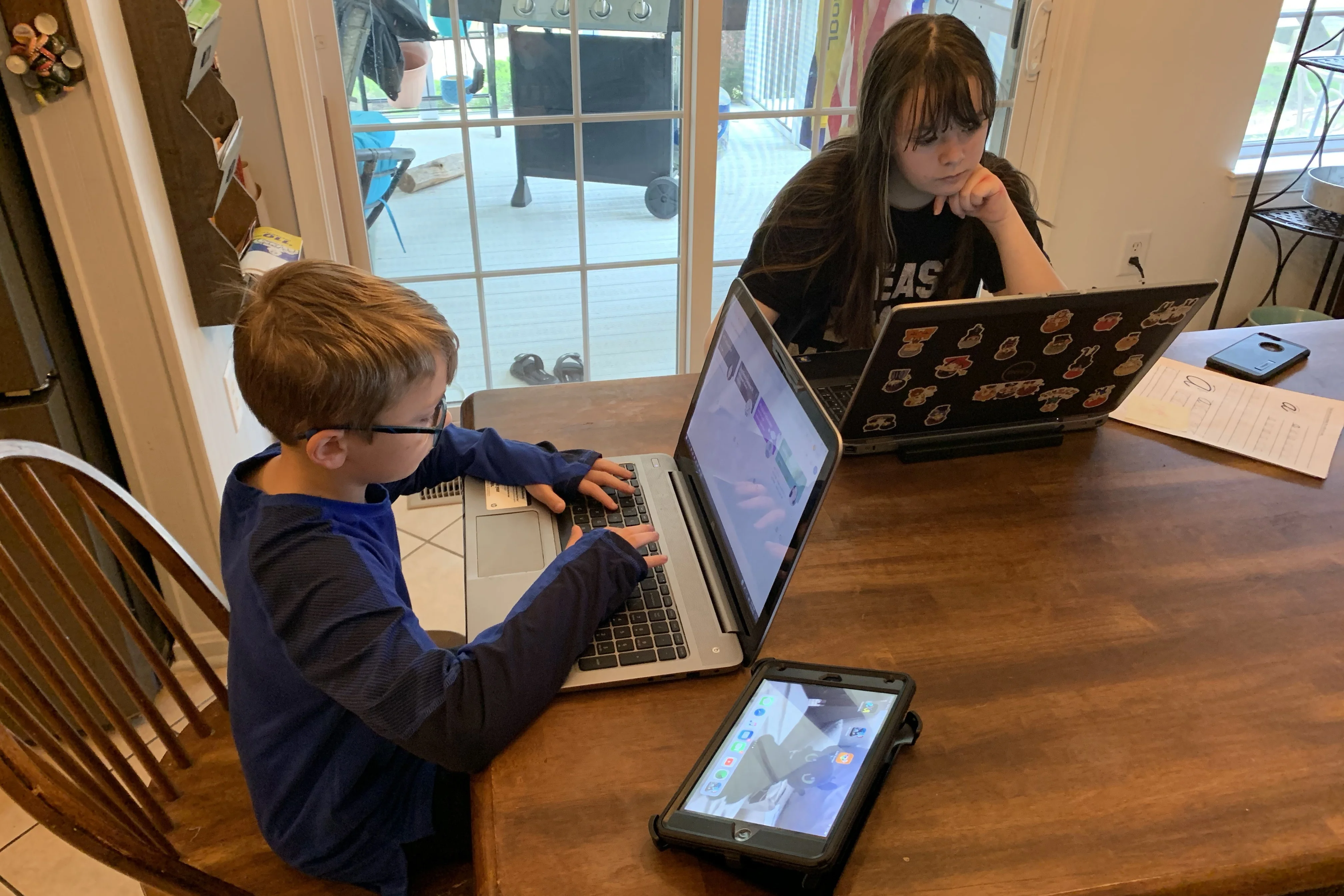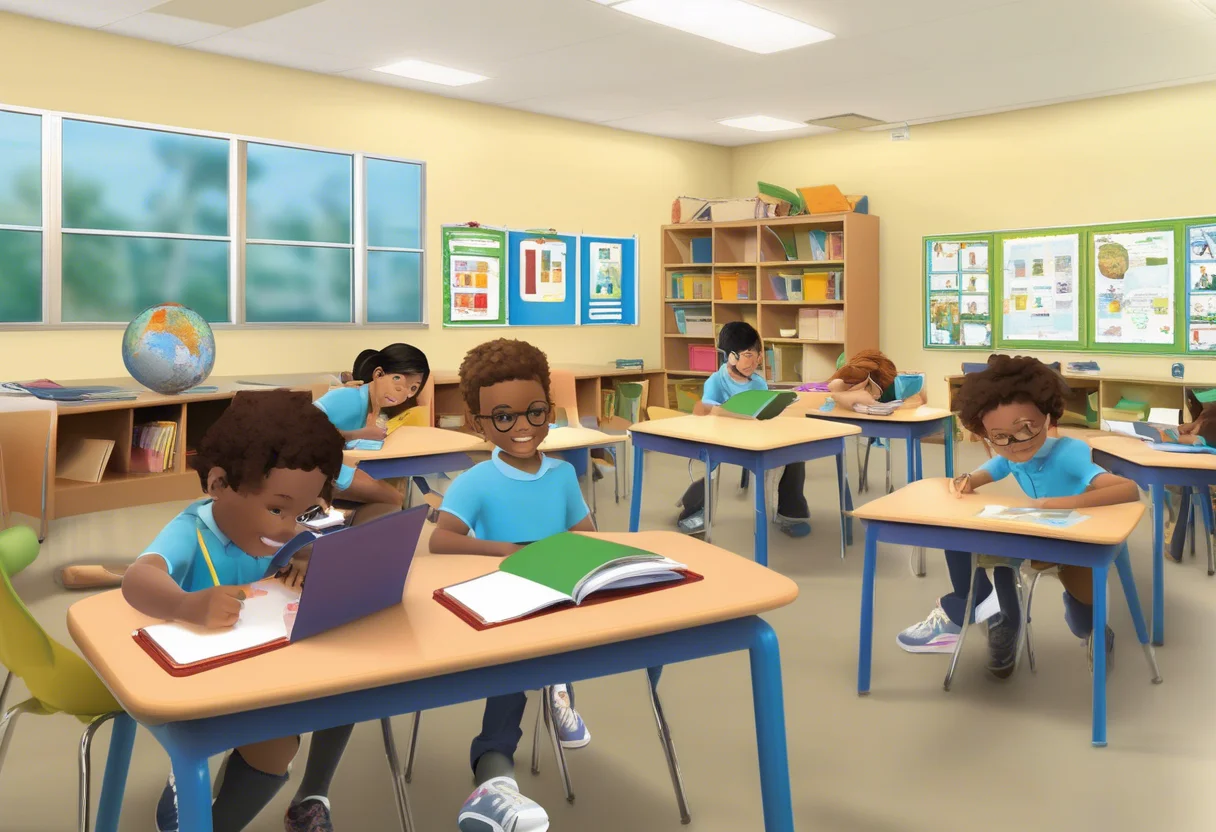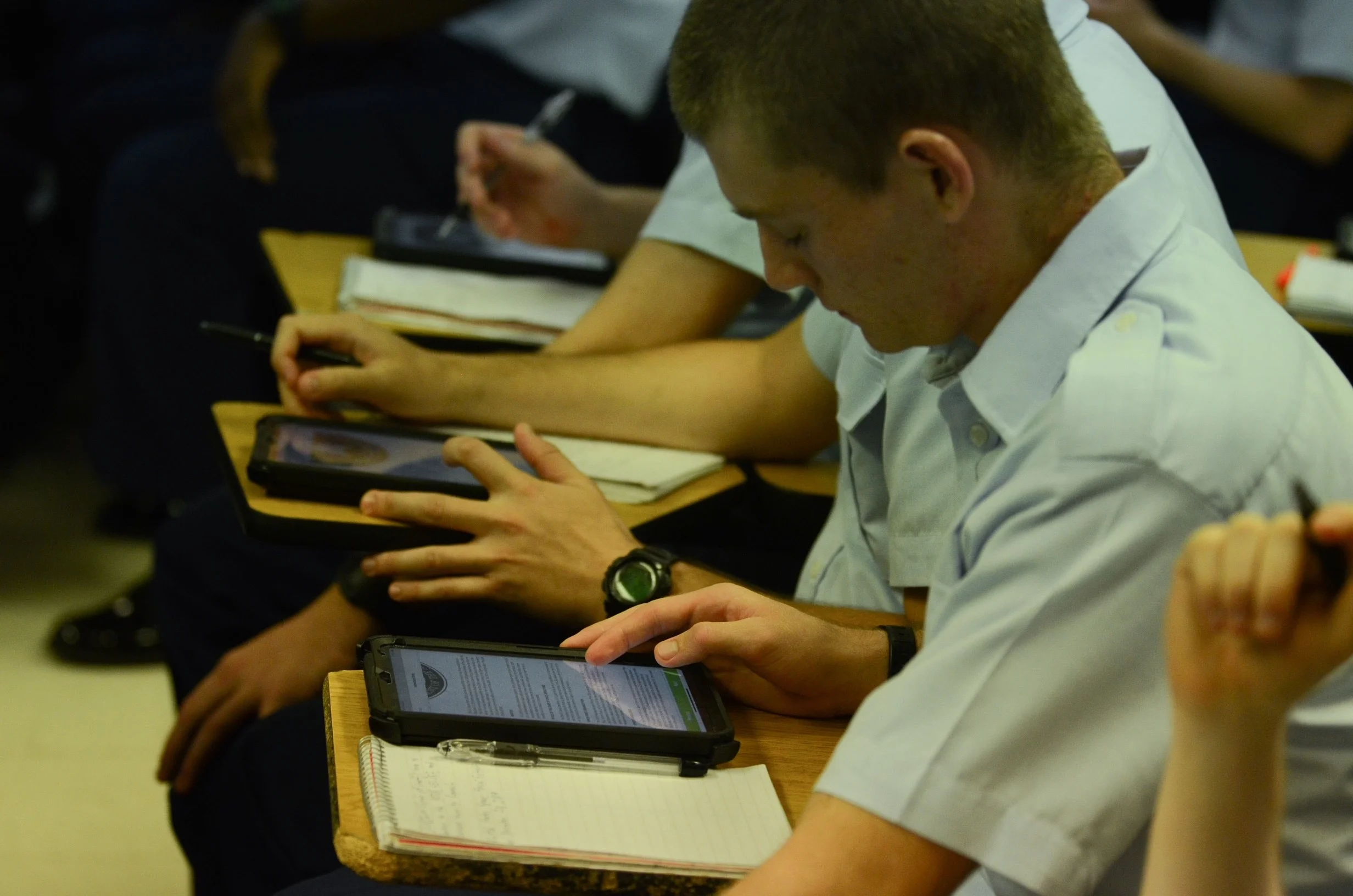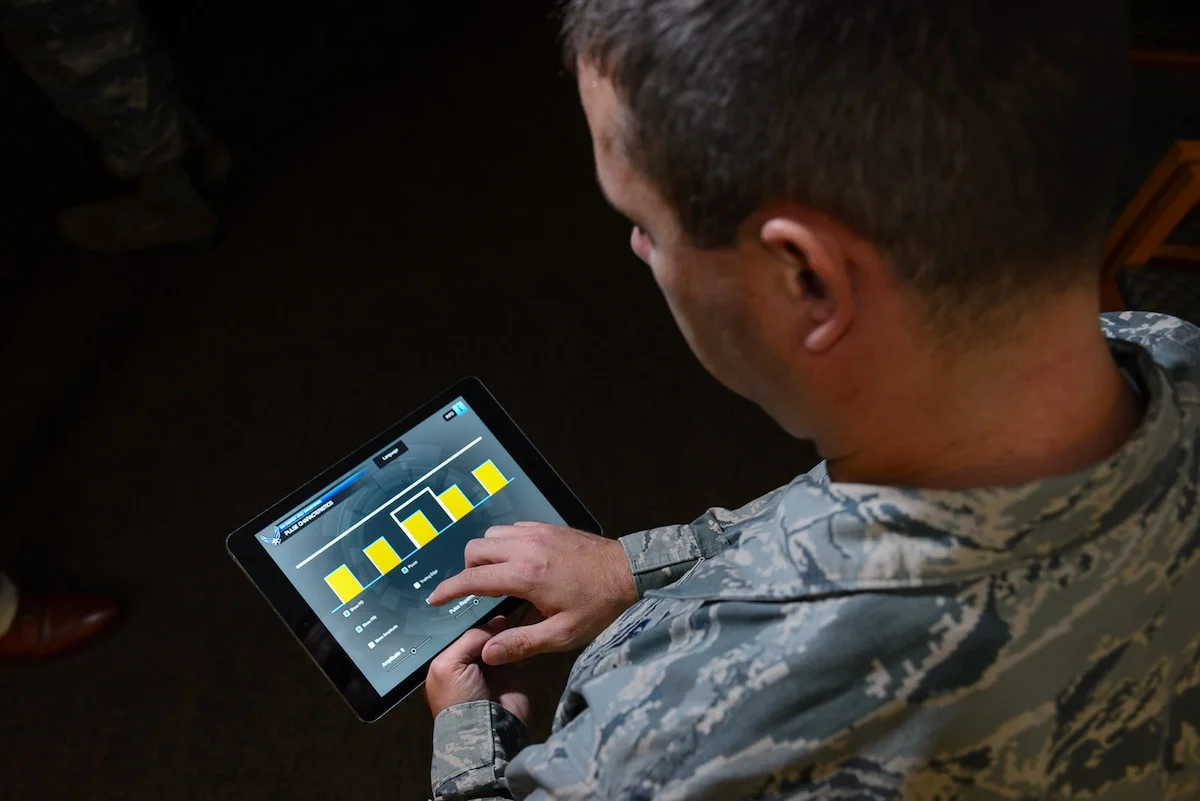
Technology is changing how students learn. It's not just a trend; it's reshaping education. Recent studies show that personalizing learning can boost student results by up to 30%. That's a big deal. As both teachers and students adapt to this digital shift, customizing education to fit individual needs is easier than ever. In this article, we'll look at how technology can make learning more personal in classrooms today. From platforms that adapt to each student to AI-powered assessments, there's a lot to explore. We'll check out these innovative tools and strategies and tackle some common questions about using tech in learning. Let's see how we can make education more engaging, effective, and personal.
Step-by-Step Guide to Personalizing Learning Experiences with Technology
Assess and Profile Each Student
Understand Student Strengths and Preferences with Technology
To personalize learning, educators need to understand each student well. This means looking at their strengths, weaknesses, backgrounds, interests, and how they like to learn. Comprehensive assessments are key here. They help paint a full picture of a student's educational and personal life, which is crucial for tailoring instruction.
Teachers can use diagnostic tools and surveys to gather both numbers and stories. For example:
- Interviews or surveys can reveal what sparks a student's interest.
- Observations in different settings can show how they interact with content and peers.
Knowing their cultural and socio-economic backgrounds helps in creating learning experiences that are fair and culturally aware.
With digital tools, educators can gather data on how students prefer to learn and what interests them. This information helps create detailed student profiles. These profiles, with academic performance data, learning preferences, and interests, are the foundation for personalizing learning paths. Technology, like learning management systems (LMS), makes it easy for teachers to store and access student data, helping them tailor instruction effectively. These profiles are updated as students grow, ensuring they get the support and challenges they need.

Learn more about the benefits of personalized learning.
Set Clear, Individual Learning Goals
Collaborate on Student-Centric Learning Objectives
Setting learning goals is a team effort between educators and students. These goals should align with academic standards and reflect what the student wants to achieve. This process helps students take charge of their learning. Teachers can hold goal-setting sessions where students share what they aim to accomplish within a certain time. Goals should be SMART (Specific, Measurable, Achievable, Relevant, Time-bound) to keep them clear and focused.
To keep students engaged, it's important that learning goals link the curriculum with their personal interests and future dreams. This connection can be made by:
- Relating academic content to real-world scenarios that resonate with their passions or career goals.
- Using technology tools like goal-setting apps to help students track their progress and tweak their goals as needed.
Reflection is a powerful tool for deepening engagement and ownership of learning. Encourage students to regularly think about their progress, what they've learned, and how they can improve. Reflection can happen through journals, blogs, or digital portfolios where students document their learning experiences. Teachers can guide reflection by providing prompts that encourage critical thinking and self-assessment, helping students become more aware of their learning processes and fostering a growth mindset.

Explore more about personalized learning and goal setting.
Design Personalized Learning Paths
Tailor Learning Journeys with Technology
Personalized learning paths are designed to meet each student's unique needs, using assessment data and learning goals. These paths outline specific content, activities, and pacing tailored to the individual. Educators can use technology platforms that offer adaptive learning experiences, adjusting the difficulty and pace based on student performance. This way, students aren't bored with easy content or overwhelmed by tough material.
Each student's path should detail:
- Content to cover
- Activities they'll do
- Pacing and the depth of exploration needed
Teachers can use digital tools to create interactive and multimedia-rich content for different learning styles. For example, visual learners might enjoy video tutorials, while kinesthetic learners might prefer hands-on activities. Pacing should be flexible, allowing students to spend more time on challenging topics and move quickly through easier ones.
Flexibility is crucial in personalized learning paths. Students should be able to progress at their own pace, ensuring they understand the material before moving on. Technology can support this with self-paced learning modules and progress tracking. Also, students should have chances to explore topics deeply, sparking curiosity and motivation. Teachers can offer resources like online courses, research databases, or expert interviews for deeper exploration.

Discover more about personalized learning pathways.
FAQs on Technology in Learning
How does AI technology personalize learning for students with different learning styles?
AI tools analyze student data to identify strengths and areas for improvement, allowing for the creation of personalized learning paths. Through digital platforms, AI can tailor lessons to accommodate various learning styles, such as simulations or virtual reality. For example, if a student learns better visually, AI might incorporate charts or videos. Conversely, for kinesthetic learners, interactive exercises may be utilized.
Adaptive Learning Algorithms in Technology
Adaptive learning algorithms adjust the difficulty of lessons based on student performance, enabling learning to occur anytime and anywhere. For instance, if a student excels in math problems, the program may present more challenging questions. Conversely, if a student struggles, the algorithm might offer additional practice on that topic.

What are the main challenges in implementing AI-powered personalized learning?
A significant challenge is ensuring student data privacy and ethical usage, adhering to regulations like FERPA in the U.S. Additionally, not all schools possess the technology or teacher training necessary for effective AI integration. Maintaining student engagement and fostering a sense of community online or with AI tools requires strategic planning and inclusive teaching methods.
Infrastructure and Resources for Technology in Learning
Successful technology integration necessitates robust infrastructure, including reliable internet, modern computers, and technical support. A phased rollout is crucial: selecting appropriate tools, building infrastructure, implementing solutions, considering fairness, and ongoing evaluation. Teacher training is essential for effective technology adoption in the classroom.
How does AI technology improve student engagement and motivation in classrooms?
AI introduces engaging, interactive tools like game-based learning apps, virtual reality, and systems that provide instant feedback. These tools promote active learning, utilizing digital flashcards and quizzes to enhance retention. AI can also adjust task difficulty to keep students challenged without overwhelming them.

Interactive and Engaging Tools in Learning Technology
Augmented Reality (AR) and Virtual Reality (VR) create immersive learning experiences, facilitating understanding through visualization and interaction. Online polls and surveys encourage student participation and expression in class. Platforms teaching coding through games offer a fun, hands-on programming education. Additionally, using VR for virtual visits to historical sites can enhance comprehension of history and geography beyond traditional reading methods.